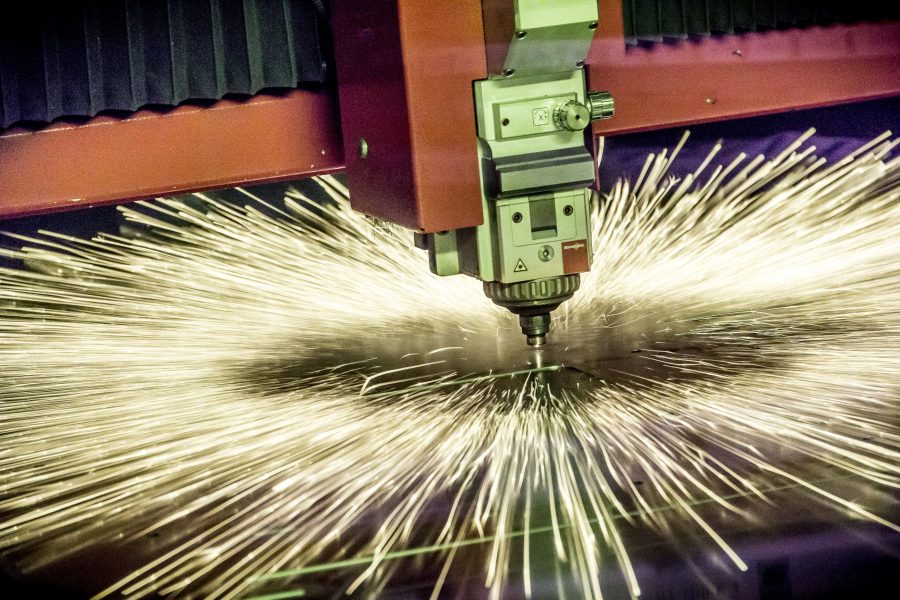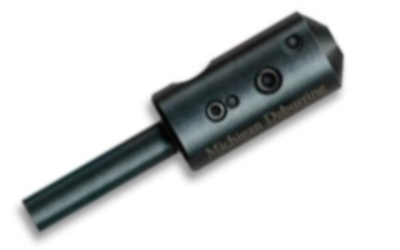In the evolving world of American manufacturing, precision is paramount. As industries push the boundaries of technology and innovation, micro deburring has emerged as a crucial technique revolutionizing manufacturing processes. This subtle yet powerful method ensures components meet the highest standards of quality and functionality.
The Importance of Micro Deburring
Micro deburring is the process of removing minute burrs—tiny, unwanted materials—left on the edges of manufactured parts. These burrs can affect the functionality and longevity of components, making their removal essential. In industries where precision is non-negotiable, such as aerospace, automotive, and medical devices, micro deburring plays a pivotal role in ensuring products are flawless and reliable.
Techniques Transforming the Industry
Several innovative techniques are shaping the landscape of micro deburring, each offering unique advantages tailored to specific manufacturing needs. Here are some key methods:
- Mechanical Deburring: This traditional method uses abrasive tools to smooth out rough edges. It is ideal for larger surfaces and less intricate parts, providing a cost-effective solution for bulk processing.
- Thermal Energy Method (TEM): By using controlled explosions, TEM efficiently removes burrs from hard-to-reach areas. This technique is particularly useful for complex geometries and parts with internal passages.
- Electrochemical Deburring (ECD): ECD uses a chemical reaction to dissolve burrs, offering precision without altering the part’s geometry. It is perfect for delicate components requiring high accuracy.
- Ultrasonic Deburring: Utilizing high-frequency sound waves, this method gently removes burrs without damaging the part. It is suitable for intricate and fragile components.
Advantages of Micro Deburring
The implementation of micro deburring techniques offers numerous benefits that enhance manufacturing efficiency and product quality:
- Enhanced Precision: By refining component edges, micro deburring ensures that parts fit together seamlessly, improving overall product performance.
- Increased Durability: Removing burrs reduces the risk of stress concentrations and fatigue, extending the lifespan of components.
- Improved Safety: Burr-free parts minimize the risk of injury during handling and assembly, promoting a safer work environment.
- Cost Savings: By preventing premature wear and failure, micro deburring reduces maintenance costs and downtime, leading to significant savings over time.
The Future of Micro Deburring
As technology advances, micro deburring techniques continue to evolve, driven by the demand for higher precision and efficiency. Automation and robotics are increasingly integrated into deburring processes, enhancing speed and consistency. Additionally, advancements in material science and engineering are paving the way for new methods and tools, further expanding the capabilities of micro deburring.
Conclusion
In conclusion, micro deburring is a transformative force in American manufacturing, enabling industries to achieve unprecedented levels of precision and quality. By employing a variety of innovative techniques, manufacturers can ensure their products meet the rigorous demands of today’s market. As the industry continues to evolve, micro deburring will undoubtedly remain a cornerstone of manufacturing excellence, driving progress and innovation for years to come. Through its ability to enhance precision, increase durability, and improve safety, micro deburring is not just a process but a critical component in the pursuit of manufacturing mastery.


